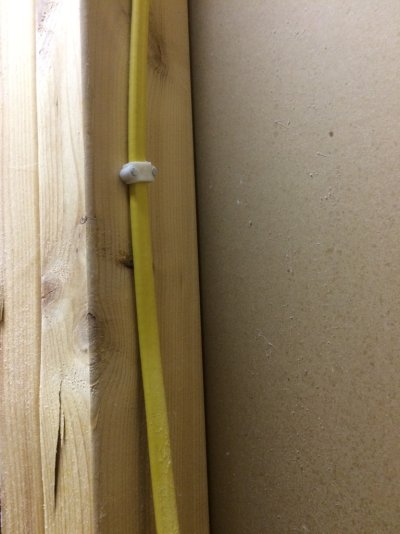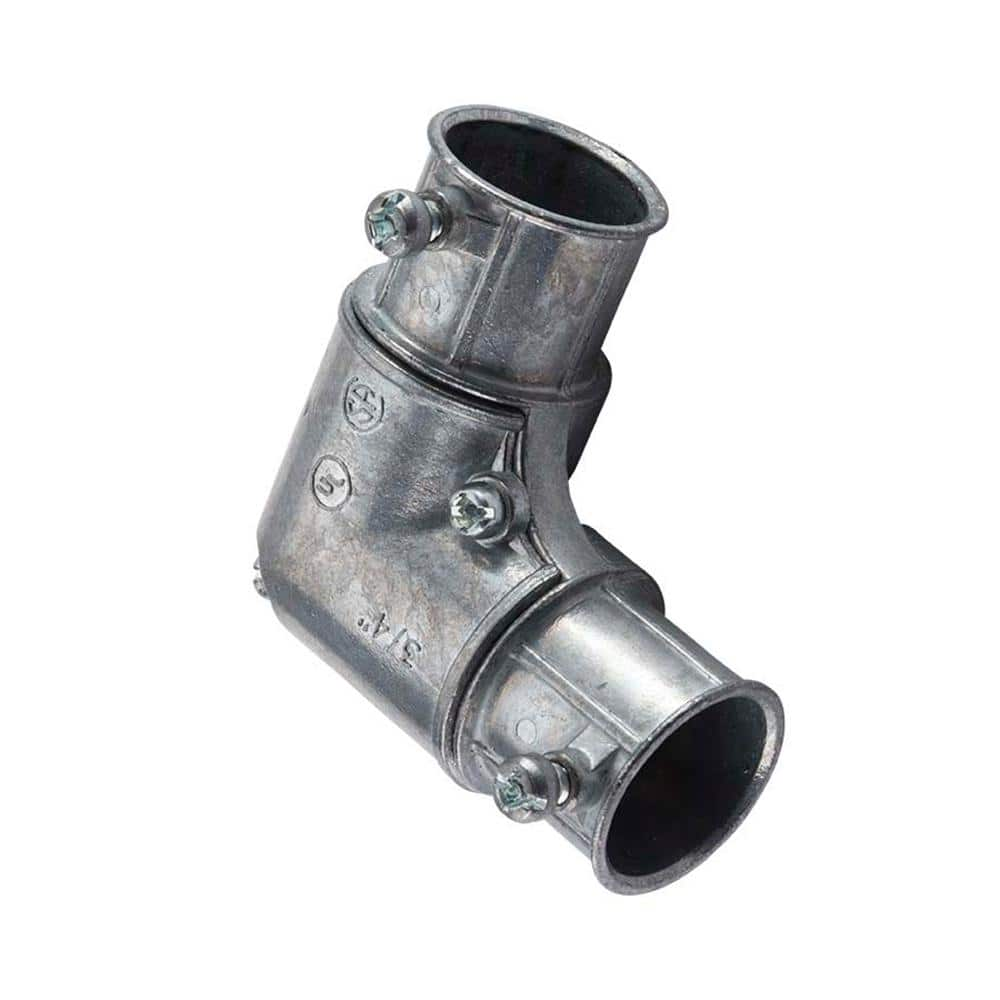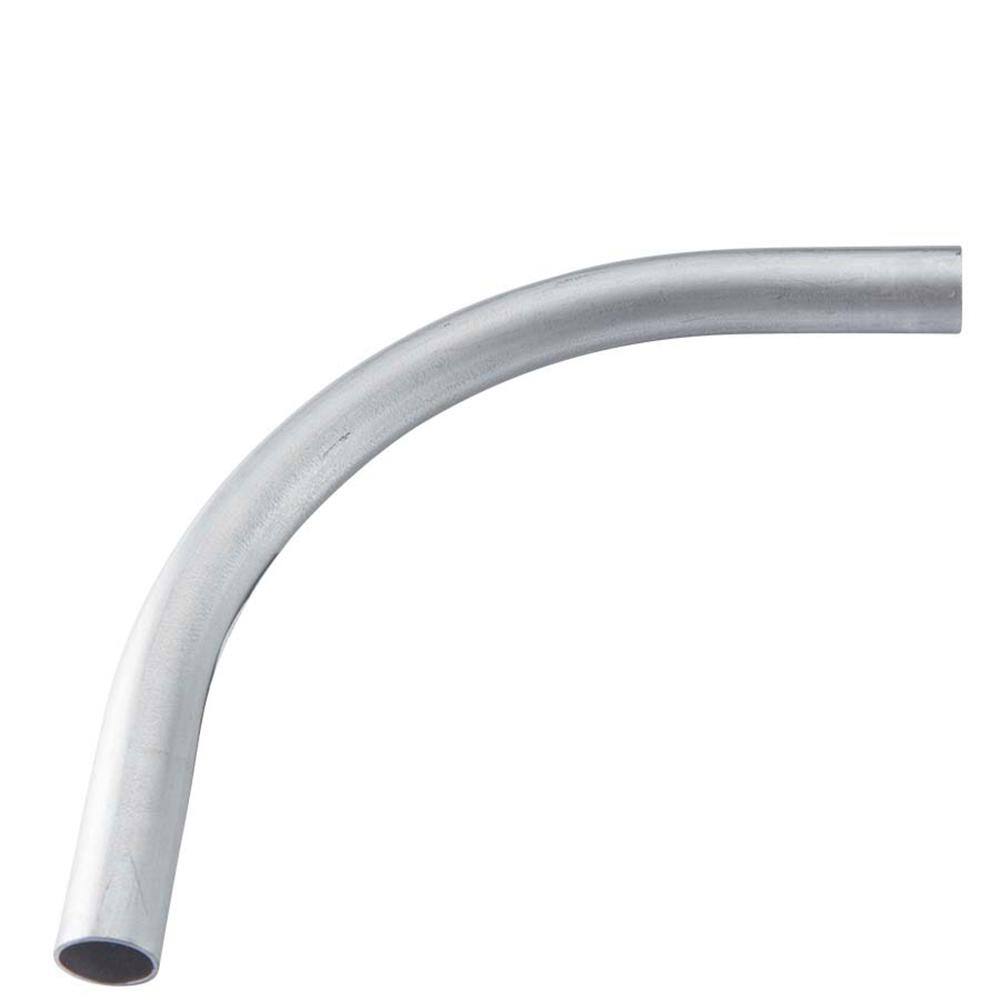Texas Proud
Give me a museum and I'll fill it. (Picasso) Give me a forum ...
- Joined
- May 16, 2005
- Messages
- 17,304
I am an electrician and not an accountant but lets say the roles were reversed. Say that electrician has you doing some accounting work and he didn't like the way you had all of the line items laid out on his statement. Although this is the way its normally/always done he wants to see it done his way but he admits he knows NOTHING about accounting. He most certainly won't want to pay you for your extra efforts to re do it his way and you know that it won't make a hill of beans amount of difference in a million years and the end result will be absolutely the same. How would you handle such a ridiculous request?
To ask if you are being too picky is a huge understatement.
Regarding the junction box. I am sure if it really bothers you and you don't mind spending the extra money they will be glad to cut up the rest of your house and fish in a new wire to eliminate the box. Then of course you will have to deal with the expense and the mess of the patching of all of the holes it took to gain the access needed to add the additional wiring. Or you could just leave that calendar over it.
Well, since you asked....
If someone wanted me to display their financial stmts in a different way than normal, I would do it.... they are for the customers benefit, not mine... BTW, I have done this before so I am not just saying it.... it was a real decision for me...
Also, changing the wires would have taken a few minutes at most... changing a financial might or might not be that easy.... if it was easy then no extra charge... if difficult I would charge...
I am OK with the junction box... I would have preferred them asking where I would like it, but where they put it is fine... like my last stmt, it was more difficult to redo the wire so I would have chosen the junction box...




